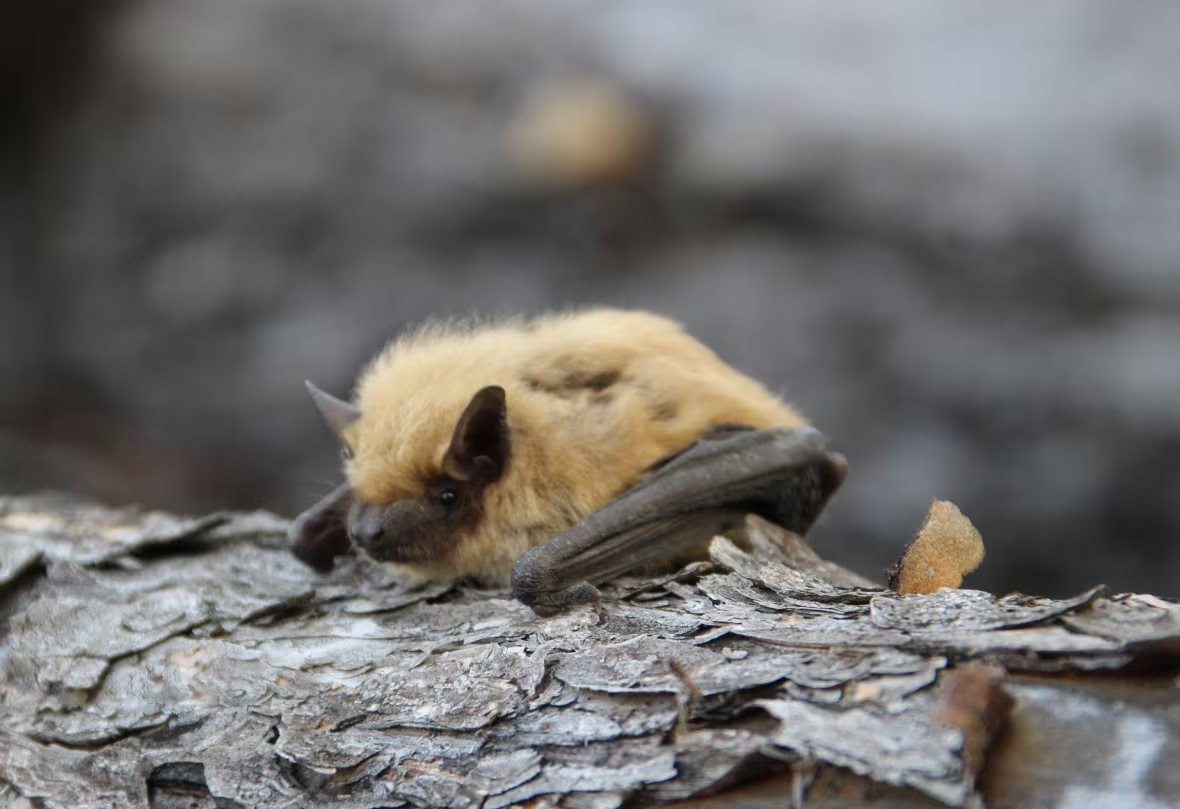More batty visitors in the N.W.T? Northerners on social media think so
Bats have been in the territory for at least 100 years, but expert can't say if population has increased

Some northerners have been commenting on social media that they've noticed more bats around this year.
A bat expert with the N.W.T. Department of Environment and Natural Resources said it's hard to say if there's more bats or not, but there have been bats in the territory for at least a hundred years.
"We don't have perfect information on what the range of bats use to be, so it's really hard to say for sure where it's changing," said Joanna Wilson, a wildlife biologist with the department.
Out of the eight species of bats in the Northwest Territories, residents are most likely to see the little brown myotis.
Five of those eight species hibernate in the territory during the winter. Wilson said these bats need cool temperatures where it's not below zero, which usually means deep in caves found in Wood Buffalo National Park or Nahanni National Park Reserve.

Bats can carry rabies without showing symptoms of the disease. A man in B.C. recently died after an infected bat came in contact with him during a daytime encounter.
Wilson said there's "always a chance a low percentage of bats are carrying rabies."
"If you don't touch them, there's no risk. But if there is a chance that you could've been bitten or scratched by a bat, you need to get advice right away."

Some bats across the country are getting infected with a disease called white nose syndrome, which is caused by fungus and kills hibernating bats.
The fungus spores can spread by bats interacting with each other, or the spores can be in the cave and get onto the bats.
"One thing we want to be sure to prevent is having humans accidentally spread the fungus around by going into one cave and tracking on their boots to another," Wilson said.
She said there haven't been any cases in the N.W.T yet, but residents can help prevent the spread by not going into caves with bats or reporting to the Department of Environment any unusual bat observations.

Written by Mackenzie Scott, with files from Mark Hadlari